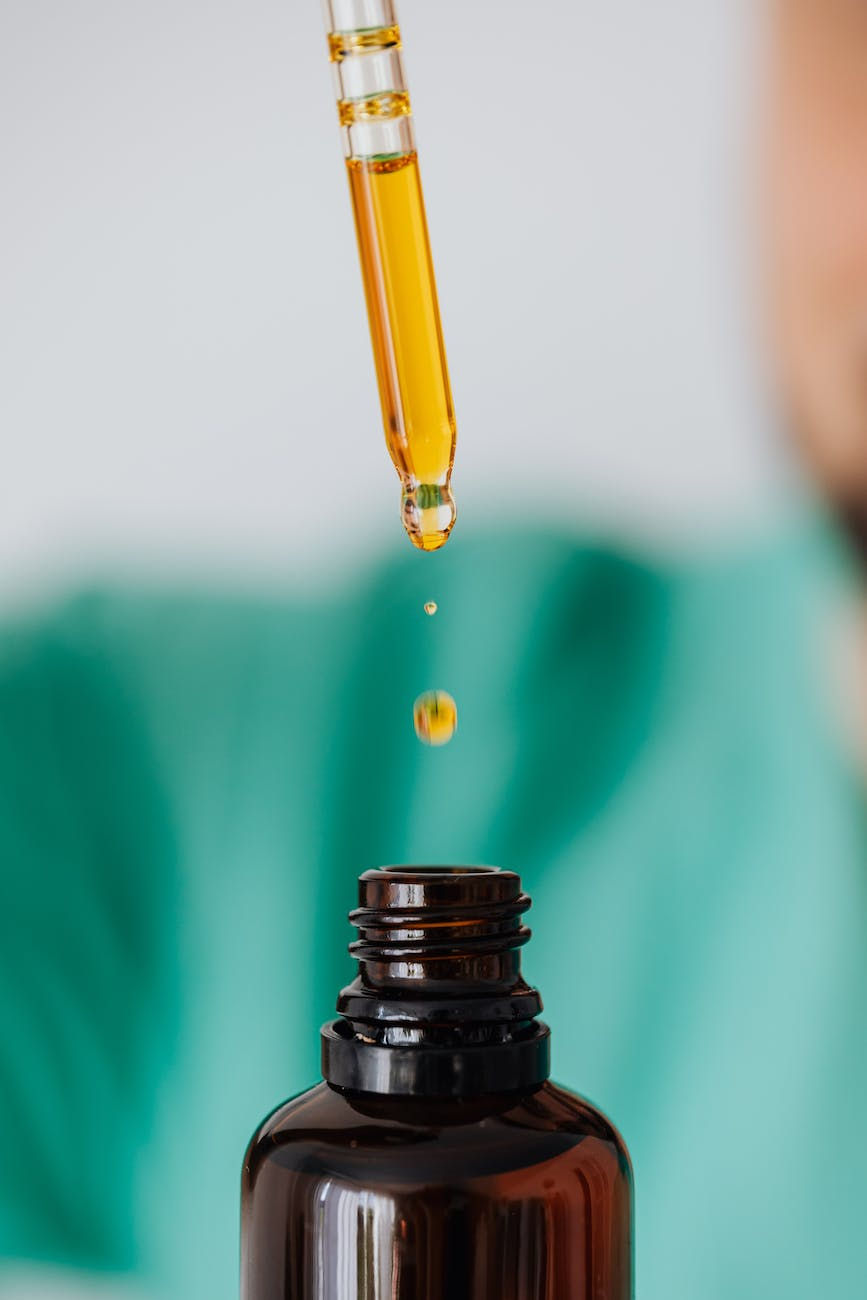Coffee, tea, chocolate and mushrooms: a mismatch of mediums?
- Anna Sitkoff

- Sep 26, 2021
- 3 min read
Updated: Mar 23, 2023
The flavor of mushrooms is not for everyone, and many ‘functional’ food companies are well aware of this. Some of these companies formulate mushrooms in teas, chocolates and coffee so that their consumers can benefit from the mushrooms without having to deal with their ‘mushroomy’ flavor. In fact, many of them claim that mushrooms in these formulations even have enhanced medicinal properties. Although I am all for getting more mushroom medicine into more people, I think it is important for people to look into the interactions between different biomolecules before making claims about the medicinal quality of their products.
The interactions between various polyphenols (like tannins), and polysaccharides, are of particular interest. Polyphenols are found in varying degrees in coffee, tea and chocolate, and are also found in many other herbs and foods, but for the purposes of this article I will keep our discussion specific to foods that mushrooms are often formulated with (1, 2).
The polyphenols present in coffee, tea and chocolate have many health benefits, including anti-oxidant, anti-inflammatory and anti-microbial activity (3). The issue is not the medicinal qualities of polyphenols, but that when blended with mushroom extracts, they create bonds with polysaccharides (4, 5).

Polysaccharides (left) Polyphenols (center) Polysaccharide-Polyphenol Complex (right) J. Agric. Food Chem. 2013, 61, 19, 4533–4538 Publication Date:April 26, 2013 https://doi.org/10.1021/jf400471u
Immune-modulating polysaccharides are the most well-researched component of mushroom medicine. In order for polysaccharides to exert an immune-modulating effect, they need to bind to specific receptors on immune cells within the gut-associated-lymphoid-tissue (GALT) (6). If the polysaccharides are bound to polyphenols, they cannot bind to these receptors, and the immune-modulating benefits that these products are touted for become obsolete.

Important caveats:
The bonds between polysaccharides and polyphenols are hydrogen bonds, and are easily affected by temperature and pH:
Temperature: Bonds become less stable as temperature increases from 68F to 104F. You may want to blend your mushroom extracts with your coffee, chocolate and tea while the temperature is high. If the temperature is too low, the bonds will remain strong, even in stomach acid.
pH: Bonds become less stable as pH increases from 2 to 9. Stronger bonds seem to be made under more acidic conditions. The pH of stomach acid is around 1.5 to 3.5. Therefore, stomach acid will NOT break these bonds, and they will remain intact as the complexes enter the small intestine. Polysaccharides contained in these complexes will NOT be available to bind immune receptors in the GALT, and their immune-modulating properties will be nullified.
But all is not lost!
Polyphenols as well as polysaccharides exert many benefits on gut microbiota, and a healthy gut microbiome is imperative to strong immunity (7, 8, 9). I suspect that if these polyphenol-polysaccharide complexes make their way to the colon, their beneficial impacts on the microbiome do enhance the immune system, but through a different pathway than in the small intestine.
Work Cited
Savolainen H. Tannin content of tea and coffee. J Appl Toxicol. 1992 Jun;12(3):191-2. doi: 10.1002/jat.2550120307. PMID: 1629514.
Jalil AM, Ismail A. Polyphenols in cocoa and cocoa products: is there a link between antioxidant properties and health?. Molecules. 2008;13(9):2190-2219. Published 2008 Sep 16. doi:10.3390/molecules13092190
Chung KT, Wong TY, Wei CI, Huang YW, Lin Y. Tannins and human health: a review. Crit Rev Food Sci Nutr. 1998 Aug;38(6):421-64. doi: 10.1080/10408699891274273. PMID: 9759559.
Wang Y, Liu J, Chen F, Zhao G. Effects of molecular structure of polyphenols on their noncovalent interactions with oat β-glucan. J Agric Food Chem. 2013 May 15;61(19):4533-8. doi: 10.1021/jf400471u. Epub 2013 May 6. PMID: 23647238.
Li, R., Zeng, Z., Fu, G., Wan, Y., Liu, C., & McClements, D. J. (2019). Formation and characterization of tannic acid/beta-glucan complexes: Influence of pH, ionic strength, and temperature. Food Research International, 120, 748–755. https://doi.org/https://doi.org/10.1016/j.foodres.2018.11.034
Camilli, G., Tabouret, G., & Quintin, J. (2018). The Complexity of Fungal β-Glucan in Health and Disease: Effects on the Mononuclear Phagocyte System. Frontiers in Immunology, 9, 673. https://doi.org/10.3389/fimmu.2018.00673
Kumar Singh A, Cabral C, Kumar R, et al. Beneficial Effects of Dietary Polyphenols on Gut Microbiota and Strategies to Improve Delivery Efficiency. Nutrients. 2019;11(9):2216. Published 2019 Sep 13. doi:10.3390/nu11092216Ho Do M, Seo YS, Park HY. Polysaccharides: bowel health and gut microbiota. Crit Rev Food Sci Nutr. 2021;61(7):1212-1224. doi: 10.1080/10408398.2020.1755949. Epub 2020 Apr 22. PMID: 32319786.Savolainen H. Tannin content of tea and coffee. J Appl Toxicol. 1992 Jun;12(3):191-2. doi: 10.1002/jat.2550120307. PMID: 1629514.
Ho Do M, Seo YS, Park HY. Polysaccharides: bowel health and gut microbiota. Crit Rev Food Sci Nutr. 2021;61(7):1212-1224. doi: 10.1080/10408398.2020.1755949. Epub 2020 Apr 22. PMID: 32319786.
Zheng, D., Liwinski, T. & Elinav, E. Interaction between microbiota and immunity in health and disease. Cell Res 30, 492–506 (2020). https://doi.org/10.1038/s41422-020-0332-7



Comments